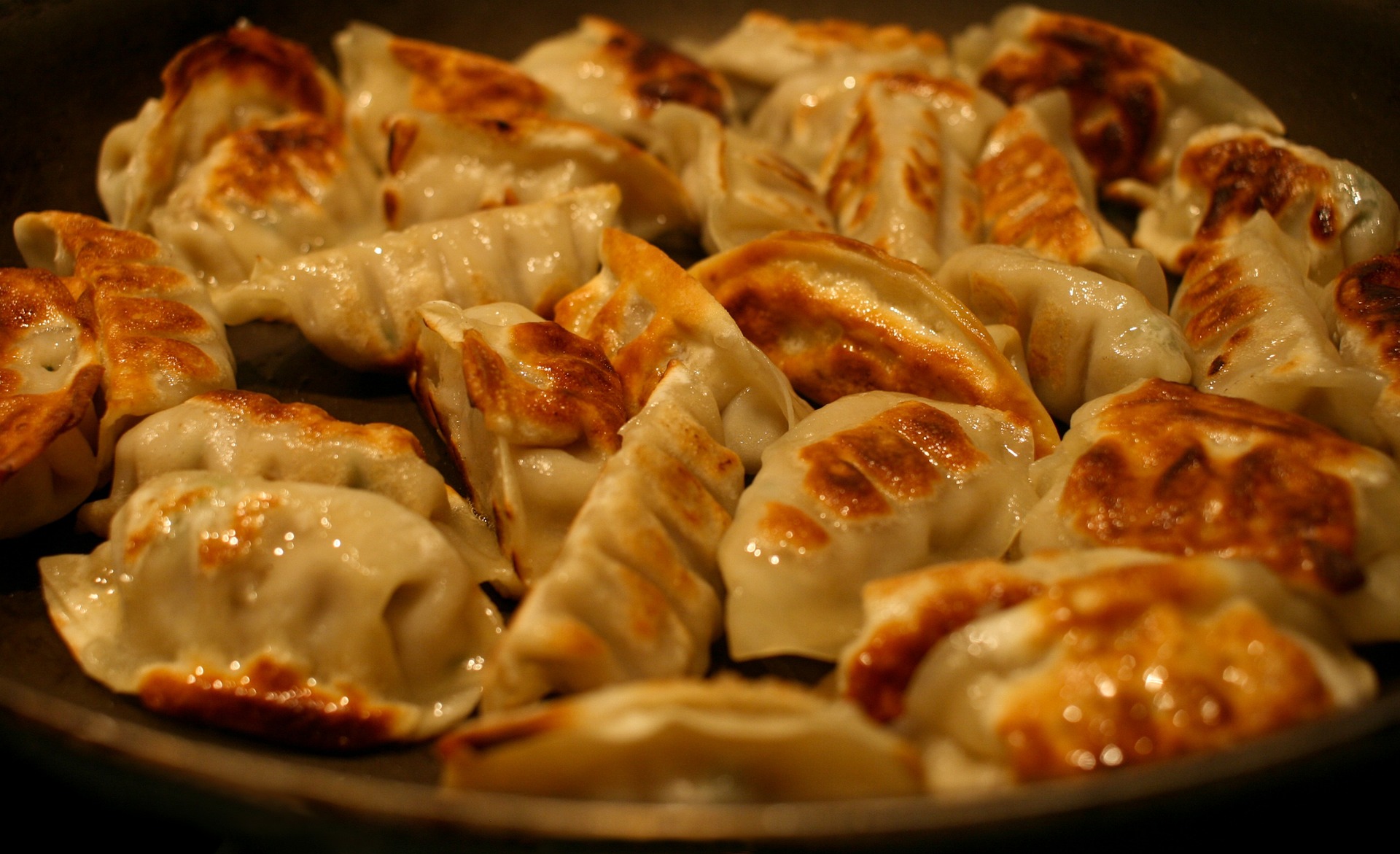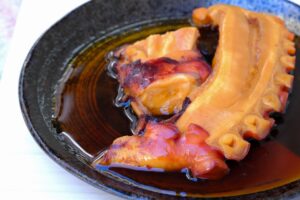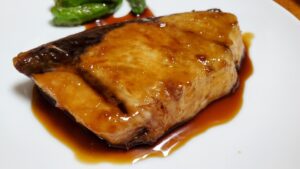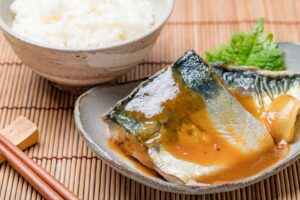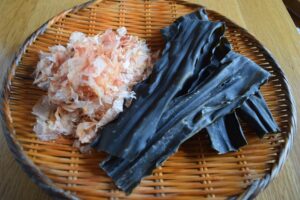This comprehensive guide delves into the world of gyoza, offering detailed recipes, step-by-step cooking techniques, and cultural insights. Whether you are a home cook, a cultural enthusiast, or simply looking to try new flavors, this article provides everything you need to master the art of making gyoza.
Introduction to Gyoza
Gyoza, a beloved Japanese dish, traces its roots to Chinese dumplings known as Jiaozi. Introduced to Japan in the early 20th century, gyoza has since evolved into a unique culinary staple, celebrated for its thin, crispy wrapper and savory filling.
These dumplings are not just a treat for the taste buds but also a significant part of Japanese food culture, often enjoyed in homes, restaurants, and street stalls across Japan.
Main Types of Gyoza in Japan
Japan boasts a variety of gyoza styles, each offering a unique culinary experience. The main types include:
Yaki Gyoza (pan fried)
Yaki gyoza is the most common type found in Japan. These dumplings are pan-fried until crispy on the bottom and then steamed to ensure a juicy filling. This dual cooking method gives yaki gyoza their distinctive crispy texture and succulent interior. They are often served with the crispy side up, showcasing their golden-brown bottoms.
Sui Gyoza (boiled)
Sui gyoza are boiled dumplings, typically served in a light broth. They are less common than yaki gyoza and are usually found in Chinese restaurants or specialized gyoza eateries. The boiling process makes them softer and more delicate, offering a different texture compared to their pan-fried counterparts.
Age Gyoza (deep fried)
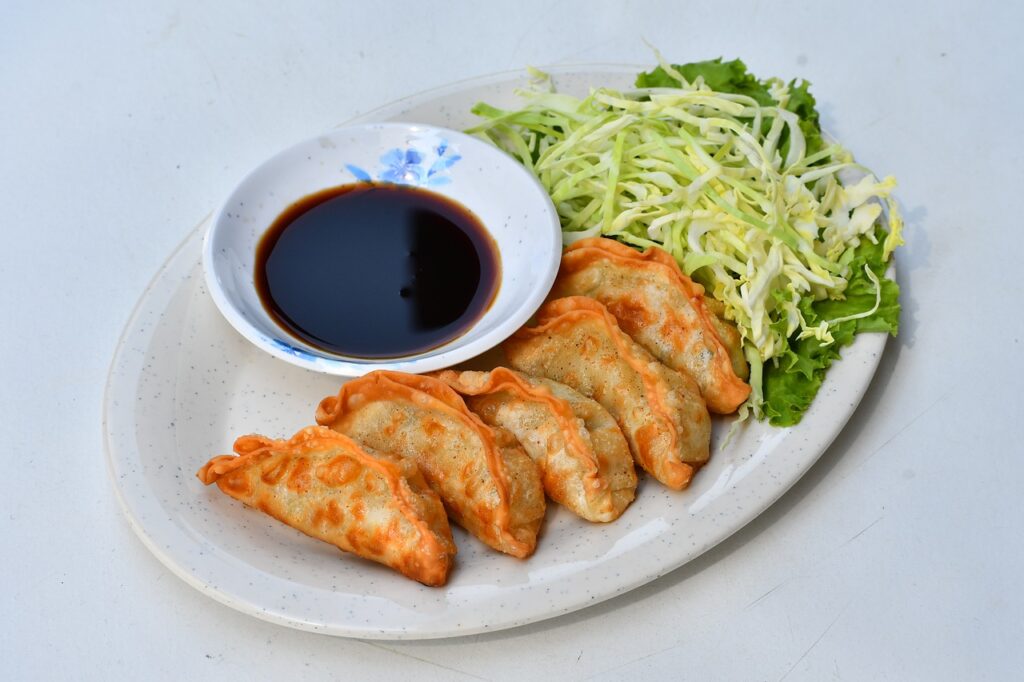
Age gyoza are deep-fried, resulting in a completely crispy exterior. These dumplings are often served as appetizers in Chinese and specialized gyoza restaurants. The deep-frying process enhances the flavors and provides a satisfying crunch with every bite.
Essential Gyoza Ingredients
The traditional gyoza filling is a harmonious blend of finely chopped pork, cabbage, garlic, ginger, and scallions. Essential seasonings include soy sauce, sesame oil, and sometimes miso for an added depth of flavor. Variations cater to dietary preferences, such as using tofu for vegan gyoza or gluten-free wrappers for those with gluten sensitivities. High-quality ingredients are crucial for achieving the authentic taste and texture that define classic gyoza.
Step-by-Step Gyoza Recipe
Preparing the Filling
Start by finely chopping the cabbage and mixing it with a bit of salt to draw out excess moisture. After letting it sit for about 15 minutes, squeeze out the water. Combine the cabbage with ground pork (or your preferred protein), minced garlic, ginger, scallions, soy sauce, sesame oil, and a touch of miso. Mix well until the ingredients are fully integrated, creating a cohesive, flavorful filling.
Folding and Cooking Techniques
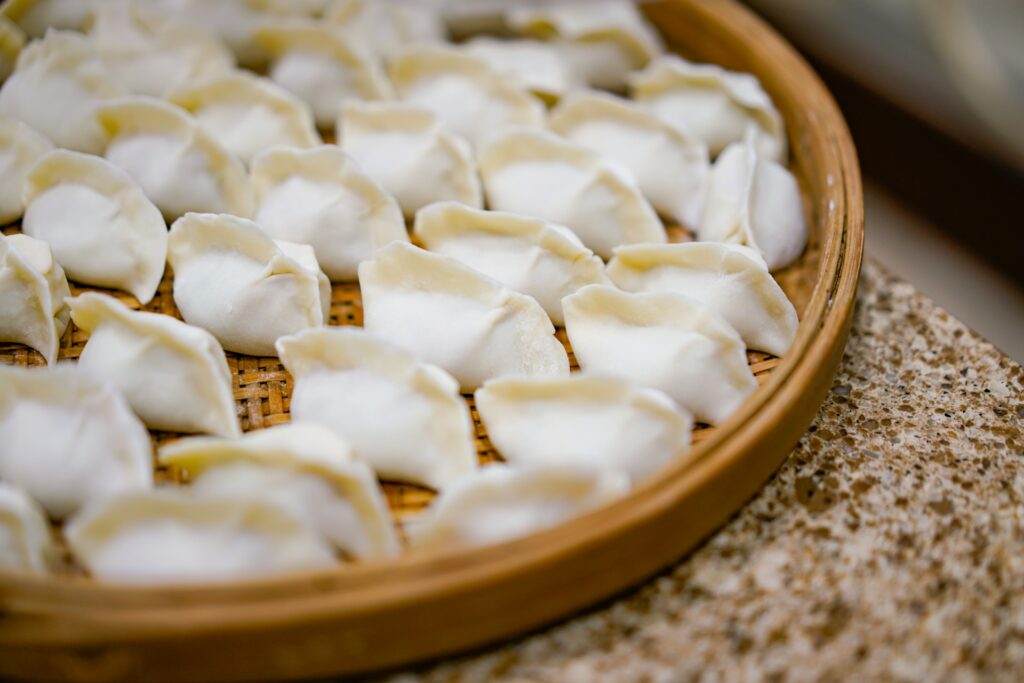
Folding gyoza requires practice but is quite simple once you get the hang of it. Place a spoonful of filling in the center of a gyoza wrapper. Wet the edges with water, fold the wrapper in half, and pleat the edges to seal. To cook, heat a bit of oil in a non-stick pan over medium heat, place the gyoza flat side down, and fry until the bottoms are golden brown. Add a small amount of water, cover the pan, and steam the gyoza until the water evaporates and the wrappers are cooked through. This technique ensures a crispy bottom and a juicy filling.
Gyoza Dipping Sauces
A classic gyoza dipping sauce combines soy sauce, rice vinegar, and a dash of chili oil. For a sweeter touch, add a bit of mirin or sugar. Other variations include adding garlic, sesame seeds, or finely chopped green onions.
It’s also recommended to simply eat gyoza with just rice vinegar and black pepper.
These sauces complement the savory gyoza, enhancing its flavors and adding a zesty kick.
Nutritional Information and Health Benefits
Gyoza can be a balanced meal, especially when made with lean meats and plenty of vegetables. Pork-based gyoza provides protein and essential vitamins, while vegan versions offer fiber and antioxidants. Opting for steaming instead of frying reduces the calorie content, making gyoza a healthier choice. Adjusting the ingredients can tailor gyoza to various dietary needs, from low-carb to gluten-free options.
Cultural Significance and Variations

Gyoza’s popularity in Japan is attributed to its rich flavors and versatility. It’s a common feature in izakayas (Japanese pubs), family dinners, and street food markets. Regional variations include Hamamatsu gyoza, known for its circular presentation with bean sprouts in the center, and the delicate, thin-skinned gyoza of Kyoto. Each region adds its unique twist, reflecting local tastes and traditions.
FAQs about Gyoza
What is the difference between gyoza and dumplings?
While gyoza is a type of dumpling, it typically has a thinner wrapper and is pan-fried, creating a crispy bottom and a juicy filling, unlike other dumplings that might be steamed or boiled without frying.
Can you freeze gyoza?
Yes, gyoza can be frozen. Arrange them in a single layer on a tray, freeze until solid, then transfer to a bag. Cook from frozen by adding a bit more water during the steaming phase.
What are the best fillings for gyoza?
Popular fillings include pork with cabbage, chicken with shiitake mushrooms, and vegan options like tofu with vegetables. Experiment with different combinations to find your favorite.
Conclusion
Mastering the art of making gyoza is a rewarding culinary adventure. With the right ingredients, techniques, and a bit of practice, you can create delicious gyoza at home. Whether you’re cooking for family, friends, or simply indulging in a personal treat, the experience of making and eating gyoza is deeply satisfying.

